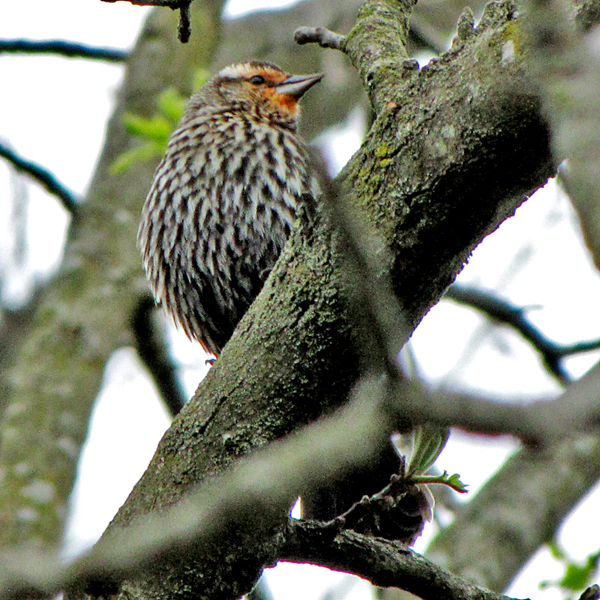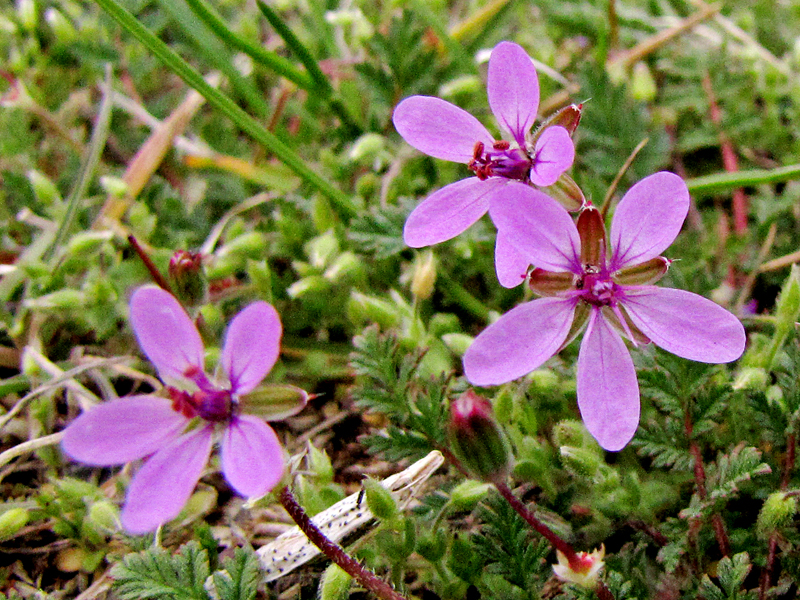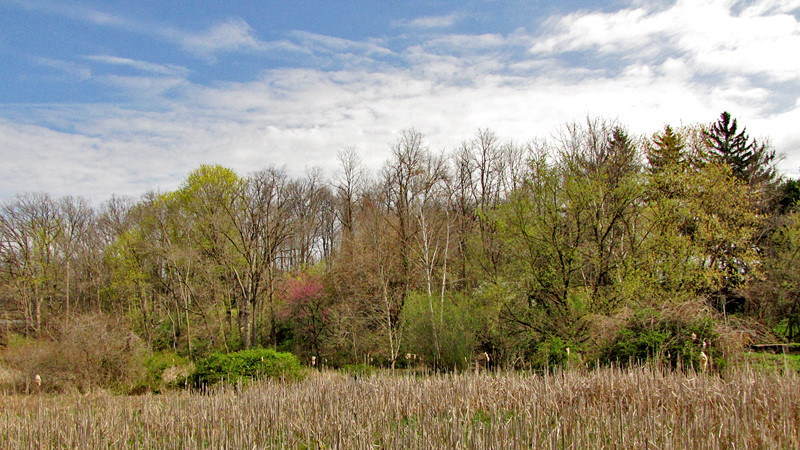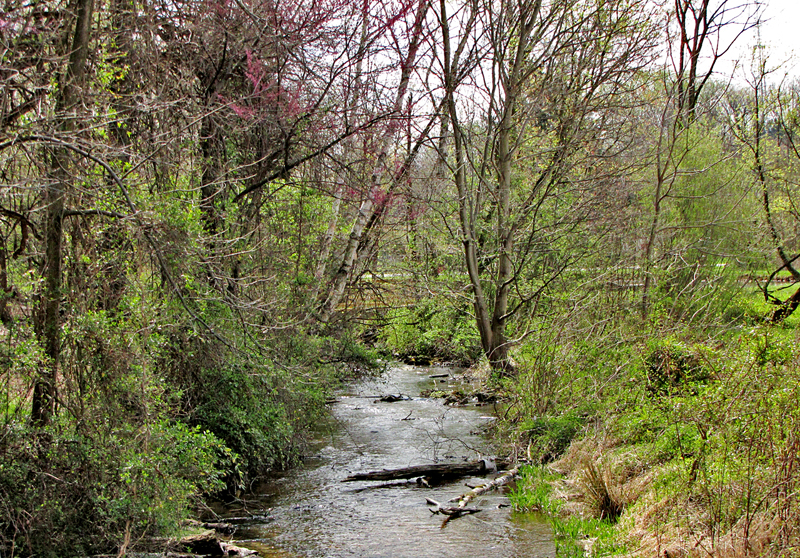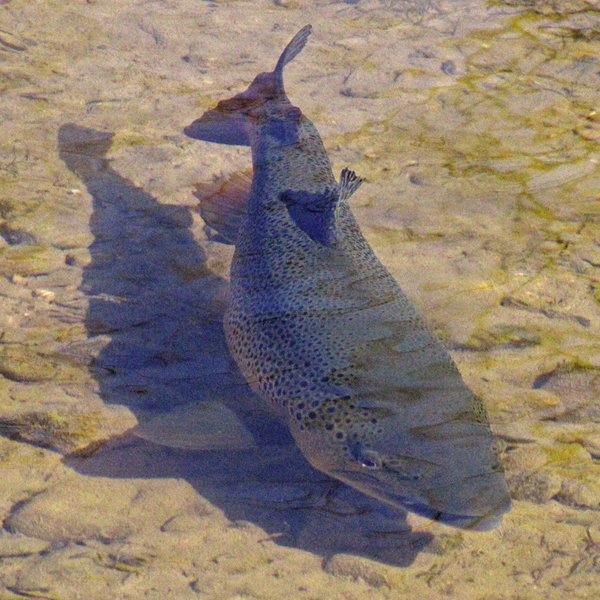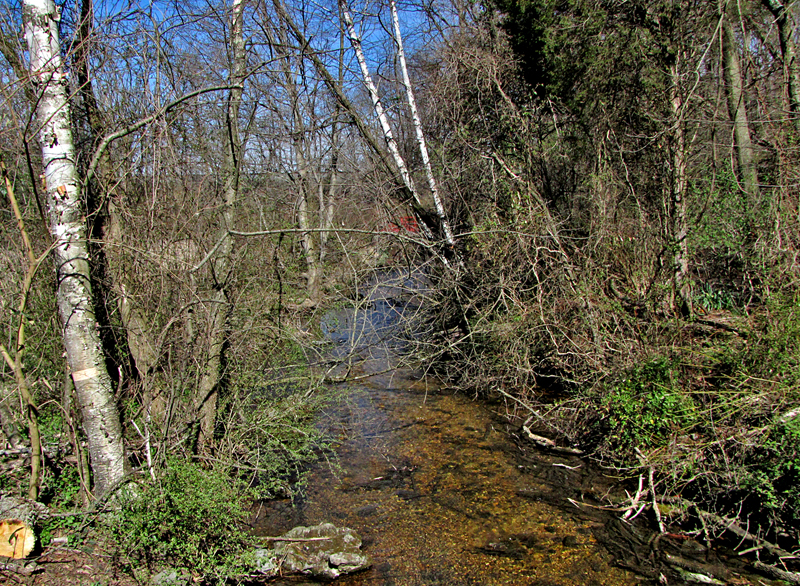 |
| Pennsylvania Pastorale |
Today is the second Sunday after Easter, often informally called Good Shepherd Sunday because the Gospel reading for this Sunday is the famous "I am the good shepherd" passage of John 10:12 - 16. Bach wrote three cantatas for this Sunday, and my favorite of those has always been BWV 104, Du Hirte Israel, höre (Thou shepherd of Israel, hear!) of 1724. It's the most pastoral and gentle of the three, something we need more of in these tumultuous times. Here's what the late Craig Smith of Emmanuel Music had to say about this gentlest of cantatas:
The pastoral ideal is a significant and common occurrence in music of the Baroque. The twin concepts of the secular Arcadia and the sacred Eden not only stimulate the composer’s imagination but create a sort of nostalgic world that was a favorite of opera composers for the 17th and 18th centuries. This bucolic world doesn’t fit very well with the austere “Weltanschaung” of Lutheran Saxony. Yet several readings in the yearly lectionary summon up this important style. Obviously one is about the shepherds at Christmastime. The other spot in the church year is the so-called “Good Shepherd” Sunday. One of the most gorgeously and purely pastoral pieces is one written for that Sunday, BWV 104. This is a work that was known even before most of the cantatas were published. In the early 1800s a volume of six cantatas later to be numbered 101 through 106 appeared in Germany. These six pieces became significant in the Bach revival culminating in the 1829 performance of the St Matthew Passion by the young Felix Mendelssohn. Our cantata, BWV 104, was particularly influential upon Mendelssohn. The opening chorus is the obvious model for the chorus “He watching over Israel” in that composer’s “Elijah.” The Bach chorus is a marvel. Permeated with a beautiful and easy counterpoint, the spinning out of the fugue themes is both masterful and irresistible. Each of the three subsequent fugues is more ecstatic and passionate.
The tenor aria continues in a pastoral vein but is darker and more colored. The chromaticism is so easy and elegant that it slips in almost unnoticed. Compound triple meter, a common characteristic of all baroque pastoral music, reappears in the lyrical bass aria. There is something more personal and dark about this aria that throws it in relief of the opening chorus. A rich harmonization of “Allein Gott in der Höh” ends the cantata.
I've chosen this beautiful performance by the Amsterdam Baroque Orchestra and Choir under the direction of Ton Koopman for today's Sunday Bach. Enjoy!
Photo © 2012 by A. Roy Hilbinger












